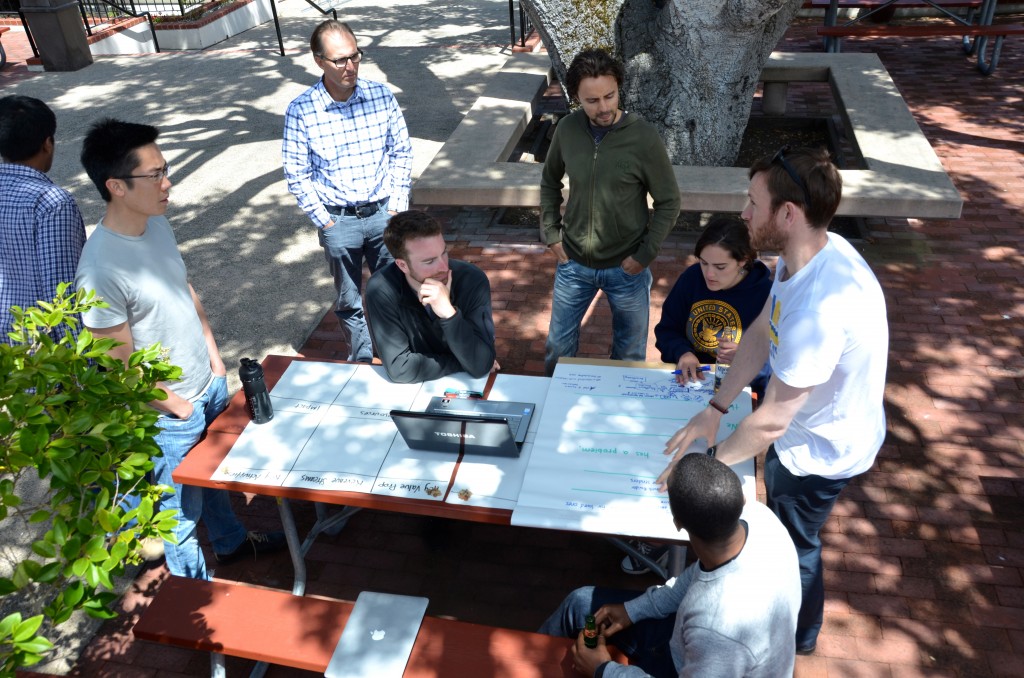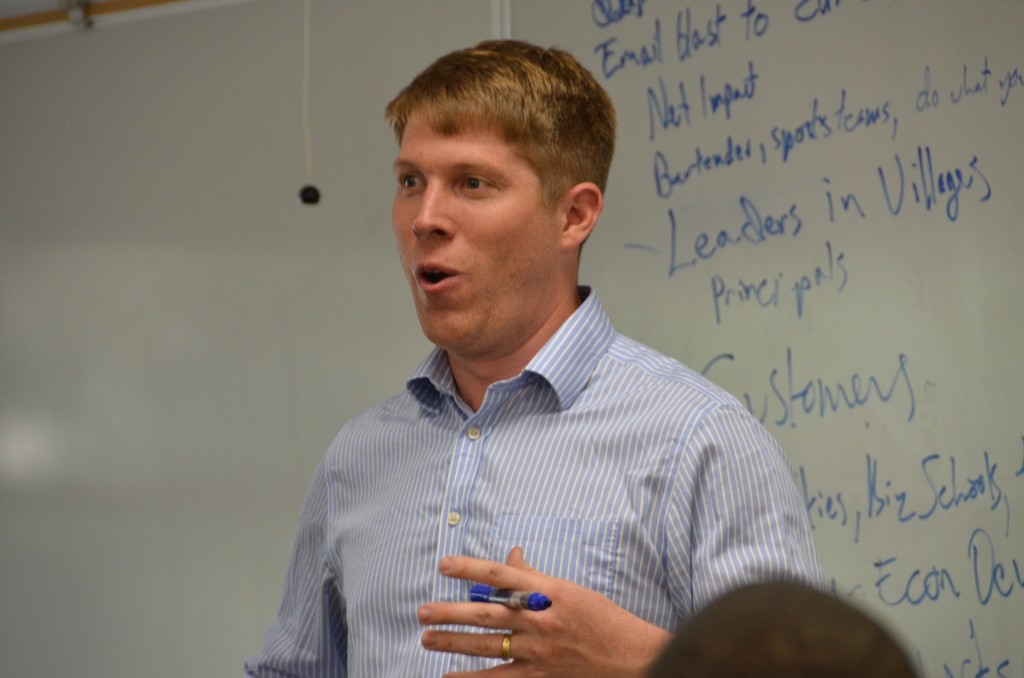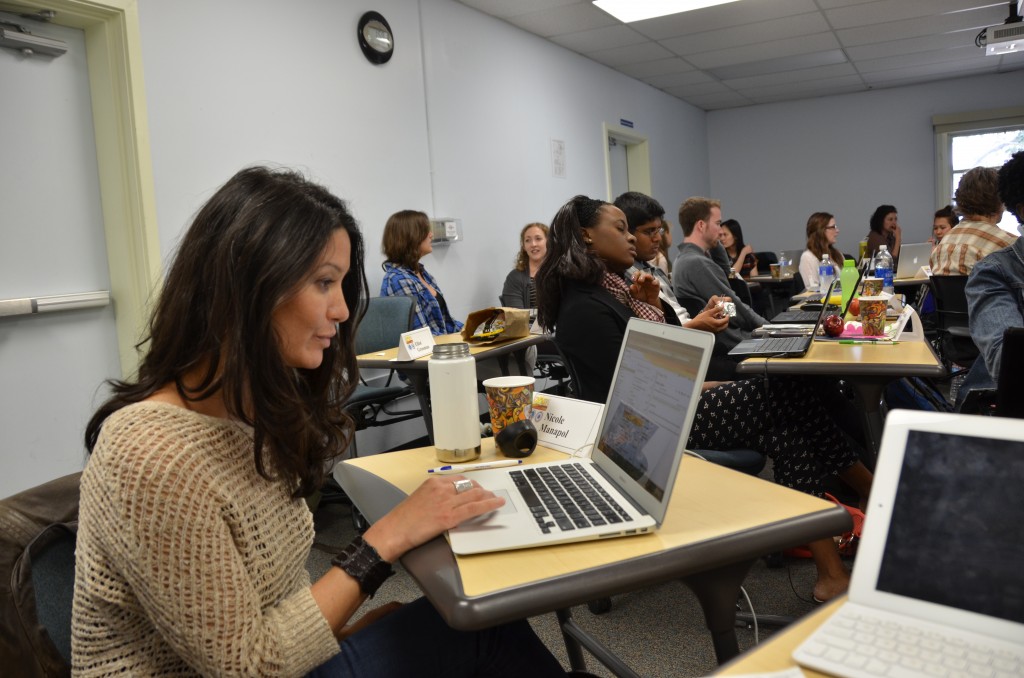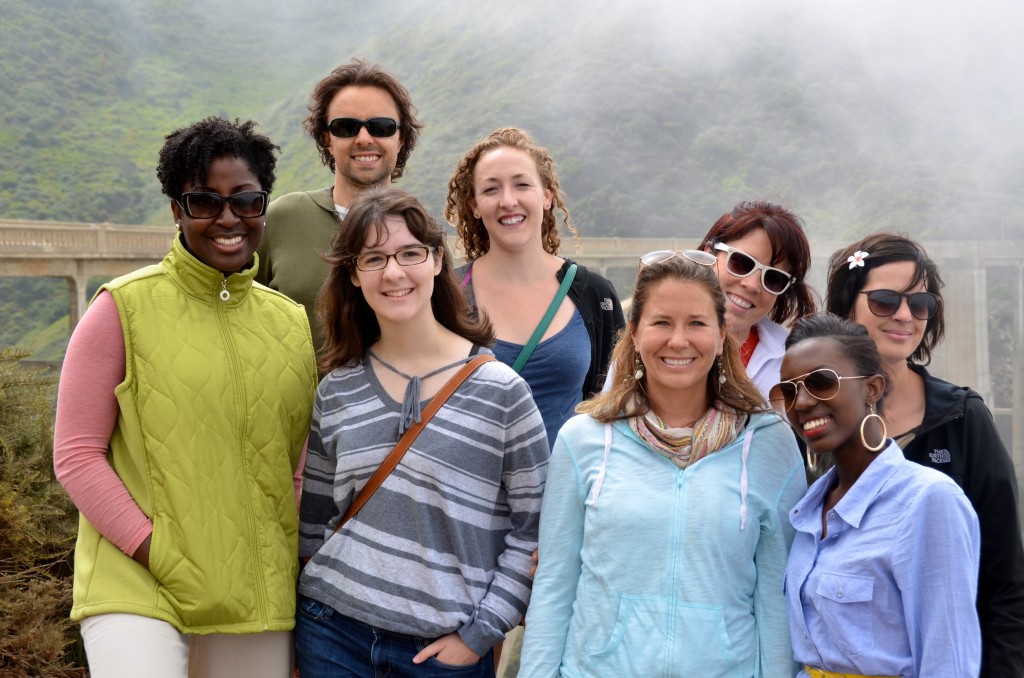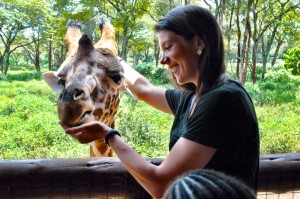This post was submitted by MPA student and FMS alumna Nicole Manapol
“How do we move the needle?” is a question participants will hear often during their two weeks in the Frontier Market Scouts training program. In a program designed to enable social enterprise and promote impact investing the question is not intended to be rhetorical – it’s a straight up challenge.
According to a 2014 report released by J.P. Morgan and the Global Impact Investing Network there is currently about $46 billion of social impact money under management.[1] As FMS instructor Rob Lalka from Village Capital pointed out “that’s a drop in the bucket when you compare it to the total size of global financial markets” estimated to be over $87 trillion.[2]
FMS instructor Amit Sharma, Co-Founder of Empowerment Capital and Wall Street veteran concurs:
“It is mind boggling that we can create the most esoteric, complex, opaque, multi-dimensional financial products that conceivably diversify risk and drive profits. Yet we do not apply that same talent and energy innovating financial enabling instruments that grow social enterprise.”
Sharma who teaches a module on impact metrics and social venture profiling argues that by definition social enterprise is wealth accretive and risk reductive—it can bring in 2.9 billion people living under $2 / day into the market place as consumers, producers, and market participants. “Social enterprise creates value and yet the amount of innovation in the financial and capital markets currently does not comport to this immense commercial potential.”
So what is preventing more mainstream capital from flowing into the impact space?
As another FMS Instructor and Invested Development Senior Investment Manager, Alex Bashian, explained, “the problem is matching a fragmented supply of deals with the right financially and mission-aligned counterparts on the investment side” The majority of impact investors are not willing to invest in seed-stage enterprises. Without the requisite data and metrics we all depend on in well-established financial markets (like credit history) most investors find it too risky. The majority will choose to invest when an enterprise is ready to scale. Yet without seed-stage capital few social ventures ever reach that point. Essentially it’s a Catch 22 – on the one hand you have investors that are risk averse on the other hand you have seed-stage entrepreneurs unable to assume the burden of traditional debt and equity financing. As Alex points out, “it’s difficult to move money into seed stage enterprises in many emerging markets given the existing system. As an impact fund we need to try and match the different needs for capital with appropriate financing products and other creative mechanisms to help enable growth in this space.”
When it comes to managing risk – metrics matter
One of the main barriers to mobilizing more investment capital into social enterprise is the lack of data and metrics that help investors understand and hedge their risk. Standard metrics for quantifying social impact and assessing risk in this space are difficult given the diversity of contexts in which these enterprises exist. As Sharma explains to students – “although we talk about social impact we continue to benchmark the majority of impact performance through solely monetized value.”
With the proliferation of ESG (Environmental, Social, and Governmental) measurements like the Global Reporting Initiative, GIIRS, B Corporations and others it’s hard not to be overwhelmed. Sharma sees the proliferation of these impact metrics as a positive development but a symptom of the same disease that has caused failure in the mainstream – overly complex metrics that are difficult to translate across sectors and cultures, useful to some social enterprises and exclusionary to others, particularly in emerging market contexts. As Sharma emphasizes to students –
“we have to remember that impact, return and wealth creation are contextual, any model of metrics we create has to be dynamic, simple, user friendly, and in a language that the financial purist, socially neutral investor or institutional capital markets can use…as well as the philanthropist.”
No one understands this challenge better than Sharma whose career has straddled the non-profit, government and private sectors. Amit began his career in grass roots international development and social enterprise with the Peace Corps. After receiving an MBA and MA in International Policy Studies from the Monterey Institute of International Studies (MIIS), Amit worked at the U.S. Department of the Treasury where he served as a Senior Advisor in the Office of Terrorism and Financial Intelligence, which began as a special task force unit established post 9/11 to develop and execute anti-money laundering and counter-terrorist financing strategies. He later served as a member of the Department’s senior team, and Chief of Staff to the Deputy Secretary. He then moved on to Wall Street where he joined Mitsubishi UFJ Securities (USA) as their Chief of Staff and Project Management Head to their Global Markets Unit. It was during this period that Amit saw first-hand the power of capital markets as an engine for innovation and growth. Leaving Wall Street in 2013 he transitioned to a boutique consulting firm, Command Global Services (CGS), where he managed the investigation, intervention and recovery of stolen foreign assets from rogue states, as well as the strengthening of financial integrity and regulatory controls.
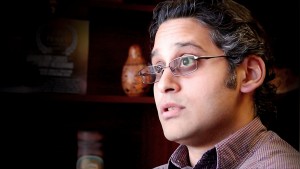
Developing a common language
Recognizing the need to develop a common language between the impact and mainstream investment spaces, FMS Co-Founder Yuwei Shi approached Amit in 2014 to create a new FMS training module devoted to impact metrics.
In June 2014 the two collaborators launched Profiling Ventures for Impact Investing a two-day workshop led by Sharma that takes students through the current system of ESG ratings and analytics, including the ones commonly used in impact investing such as GIIRS. FMS participants then compare those metrics with established commercial financial rating systems and analytics to understand the complexity of “impact risks” more comprehensively, and in a manner that enables greater engagement with mainstream financial participants and stores of capital. Importantly, the workshop emphasizes the recognition and growth of social enterprise across all sectors, including among mainstream corporate entities.
Using what he calls “the five bucket approach” Sharma boils down five core aspects of venture profiling that any social entrepreneur, fiduciary, government regulator, investor or philanthropist is really concerned with – wealth, risk, market, assets and leverage – “how does one leverage their assets to mitigate or diversify their risks and service their respective markets to achieve their impact / wealth objectives?”
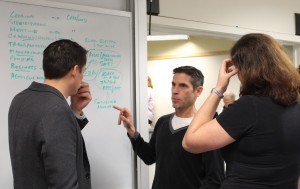
As Sharma emphasizes, “the purpose of this approach is to help students avoid getting pigeon holed in their thinking, which only contributes to the bifurcation between the social impact and corporate activities.” Instead of spending energy on trying to distinguish impact investing from mainstream investing the module encourages students to take a step back and see how they fundamentally relate. As Sharma points out, “the basis of all investing whether you’re a philanthropist or financial purist is to advance a particular objective to maximize returns in a manner commensurate with their deployed risk (this puts an emphasis on how “returns” are defined, and how risk is understood). We would be selling ourselves short by not engaging global commercial and financial entities and figuring out how to mobilize the power and influence of those markets to advance social enterprise as viable commercial endeavors.”
Impact Venture Profiling
Perhaps the most exciting opportunity the new module brings to FMS is the chance for fellows to contribute to the development of a more comprehensive solution to impact analytics that they can then go out and test in the field. Impact Venture Profiles is a new research-based initiative for select fellows heading out on 6-12 month field assignments in emerging markets. During their time in the field working with seed stage entrepreneurs, fellows will develop impact venture profiles to better understand the nature of social enterprise creation and operations, the universe of risk influencing social ventures, and to better refine the metrics and benchmarks that are required to grow impact activities.
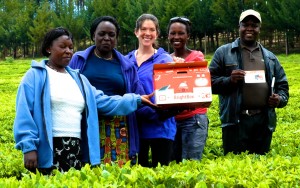
As Sharma explains, “we [at FMS and the Center for Social Impact Learning] have a tremendous opportunity with this research initiative to help overcome current bottlenecks in this space by providing crucial data and metrics to the impact venture community that are needed to redefine, validate and grow the ecosystem around social enterprise. The potential of these profiles is enormous—they can be used to create case studies for research and academic purposes, conduct deep dive due diligence for investors seeking a pipeline of deals, and as real-time management tools for scaling social enterprise. But most importantly it brings multiple stakeholders to the table, including those from the corporate arenas, to recognize social enterprise as profitable business –
to really move the needle.”
[1] Saltuk, Y., Idrissi, A., Bouri, A., Mudaliar, A., & Schiff, H. (2014). Spotlight on the market: The impact investor survey. Global Social Finance, JP Morgan and the Global Impact Investing Network, London, 2.
[2] https://www.cia.gov/library/publications/the-world-factbook/geos/xx.html


